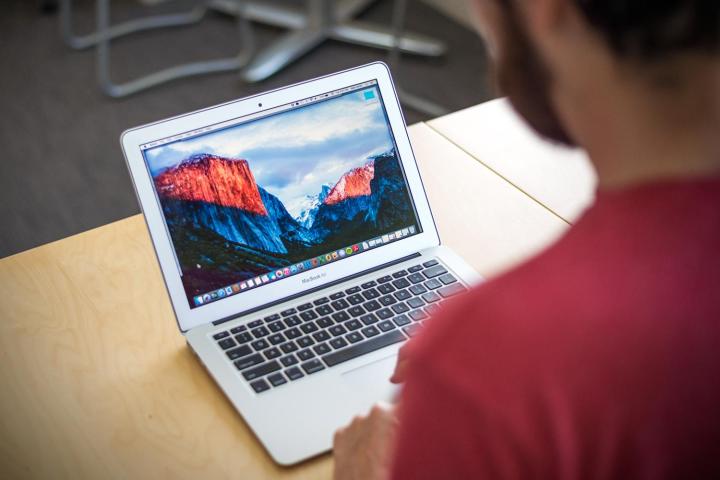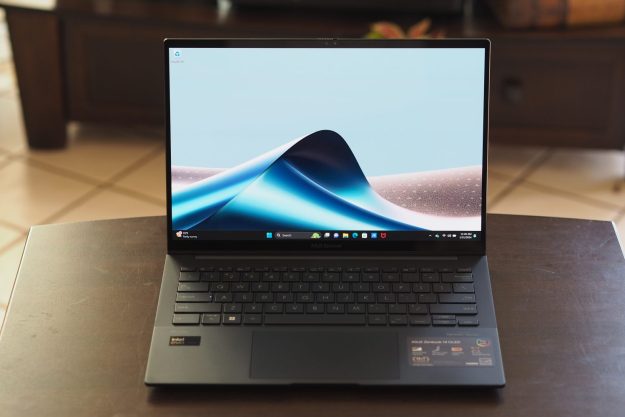
Traditionally, natural language searches are equipped with algorithms that can make sense of words in context and avoid laborious typing with Boolean modifiers or complex syntax, which is how pretty much all searches work today thanks to work by Google and others. You don’t bring up your browser and type something like “System.Music.Artist(Beethoven OR Mozart).” Instead, you can just type “beethoven mozart music” and Google takes it from there.
Nowadays, natural language searches have been refined, thanks in large part to the rise of voice assistants and similar trends. Natural searching refers to more personalized, smoother searching – not just by typing in normal words, but by typing the phrases and questions that you would use in casual conversation with another person.
While it can take getting used to, searching in natural language can be a powerful tool. Here’s how you can take advantage of it in Spotlight.
Go first person
Spotlight is now better at recognizing that you are talking to it, and that you’re searching through your own files. That sounds like a simple thing, but it has the potential to change many of your searches into more natural phrases. For example, you can type “show me the weather” and Spotlight will be able to recognize that you want information on current weather stats in your area like temperature, forecasts, etc.
You can also be free with the word “I” as in “emails I sent today” or “documents I created last month.” In most cases Spotlight is able to parse phrases like this and draw out exactly what you want, as in a list of emails sent from your computer today. It’s a minor change when it comes to the search results you are getting, but a bigger change for how you type – you don’t have to translate into impersonal computer speak as often.

Search by date
One of the most useful new features for Spotlight in OS X 10.11 is the ability to search naturally by date. Bring up Spotlight and type in something like “Pages files from September,” then Spotlight will now know enough to bring up all your April files in the proper order. It’s very handy when searching for a particular file when you only have a hazy idea of when it was created or last worked on. “Documents I worked on last week” is another possible example.
This date-based ability appears to work across the board, which means you can also search for files from last Tuesday, photos from 2014, or any combination thereof to narrow down your search to a specific time frame. It’s a lot easier to laborious specifying specific dates to search between via drop-down menus.
It’s okay to generalize
If you don’t know exactly what you are looking for, or don’t feel like typing into complete phrases, don’t worry about it! Spotlight is pretty good at figuring out what you want to know, even if you only include partial information or generalize your terms.
For example, search for “portland weather” and Spotlight is bright enough to bring up immediate weather information for Portland, Oregon, instead of getting confused about what Portland you might have meant, or offering you clips of Portlandia. Likewise, if you want to search for your favorite team but can’t quite remember when or who they are playing next, just search under the team name for game info and Spotlight will bring up all the relevant information. Want to find stock pricing and data? Search by ticker abbreviation or company and you’ll get plenty of current stats.
Experiment with email
Spotlight is now extra-good friends with your email (if you use Apple’s Mail client), which means that you can use it for quick email searches.
Case in point: Searching for “unread emails” will bring up the latest new emails you’ve received – but so will refreshing your email page, which is a bit easier. However, searching for “email sent to Bob Rodriguez” can help track down all your emails toward a particular correspondent. Combine this with a date to be even more specific. “Email from BigBank LLC in March” makes it even easier to track down exactly what you are looking for.
Know what natural search can’t do
Spotlight is tied to the locations that it can search, which does limit what it can do. You cannot search for a particular contact with the new Spotlight, because it doesn’t search contacts (at least not yet – future updates are always possible). Unlike Siri, Spotlight is not designed to scour the far reaches of the Internet or put dates into your calendar, either – it is designed for more direct searches of local and numbers-oriented information, with some limited online content (like Weather or Wikipedia entries) brought in to help. Keep that in mind when casually typing.
Editors' Recommendations
- Windows 11 could expand one of the worst features of Windows 10
- How to use the Apple Maps globe view in MacOS Monterey
- How to use Shortcuts in MacOS Monterey
- How to use Control Center in MacOS Big Sur
- Windows 10X vs. iPadOS: Does Microsoft finally beat Apple?






